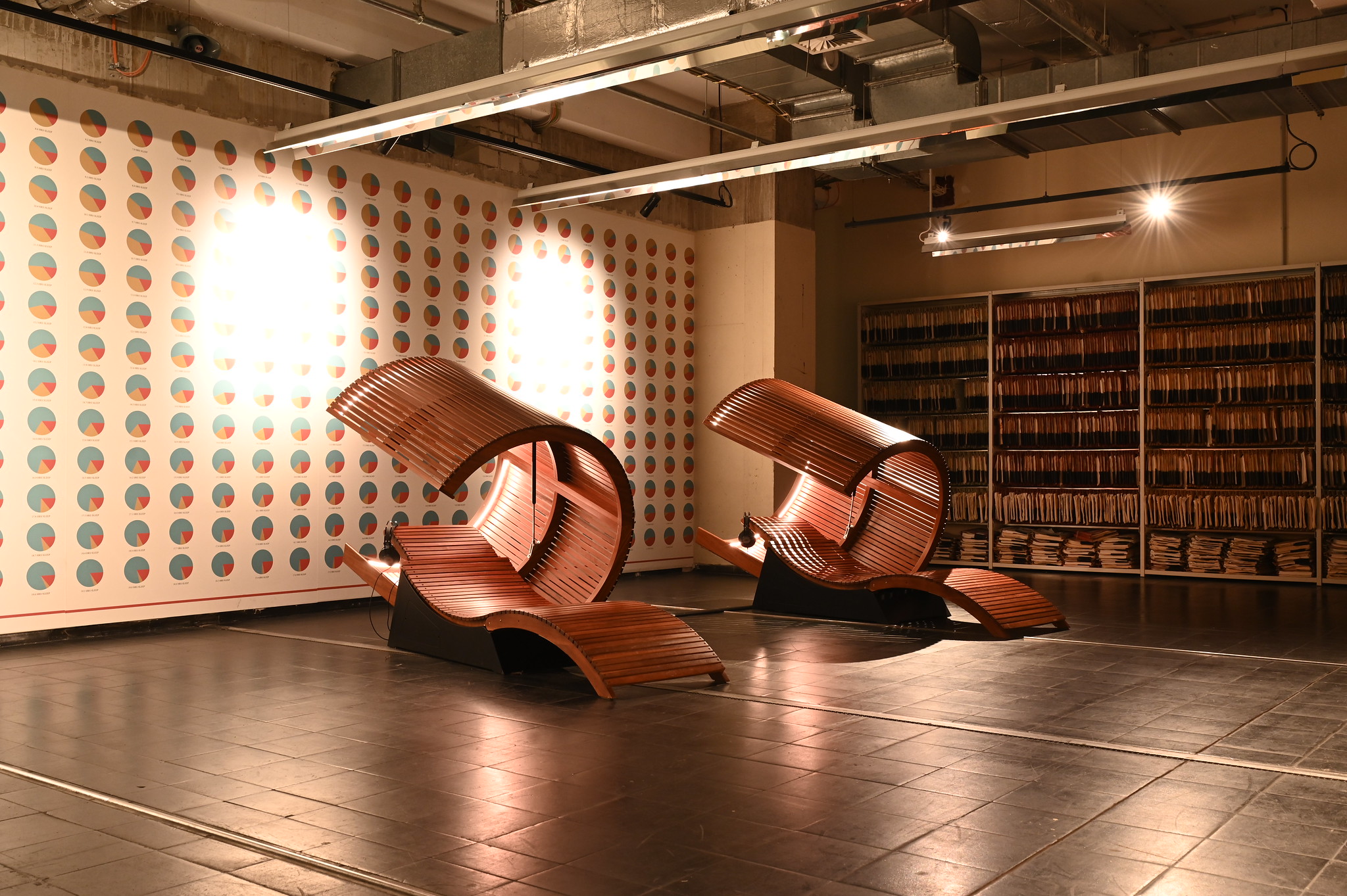“Perfect Sleep” shows how more sleep can lead to less consumption and CO₂ emissions, thus offering a simple counter-model to the compulsion for growth.
Since 1979, Ars Electronica has been doing pioneering work—building bridges between disciplines, serving as a platform for new alliances, and providing impetus for an open, inclusive dialogue about our future. In collaboration with artists from around the world, we realize and present projects that challenge conventions and anticipate developments.
For this series, we ask members of the Ars Electronica team to delve into our archive—the world’s largest of its kind—and select a project that has personally touched, inspired, or challenged them, and to tell us why this project is relevant today. Together, we embark on a journey to milestones of the so-called digital revolution. Milestones that were cutting edge.
In this issue, Laura Welzenbach, Head of Ars Electronica Export, gives us insight into a project that takes an original approach to a seemingly private, everyday phenomenon and examines it as a possible strategy for dealing with the challenges of our time.
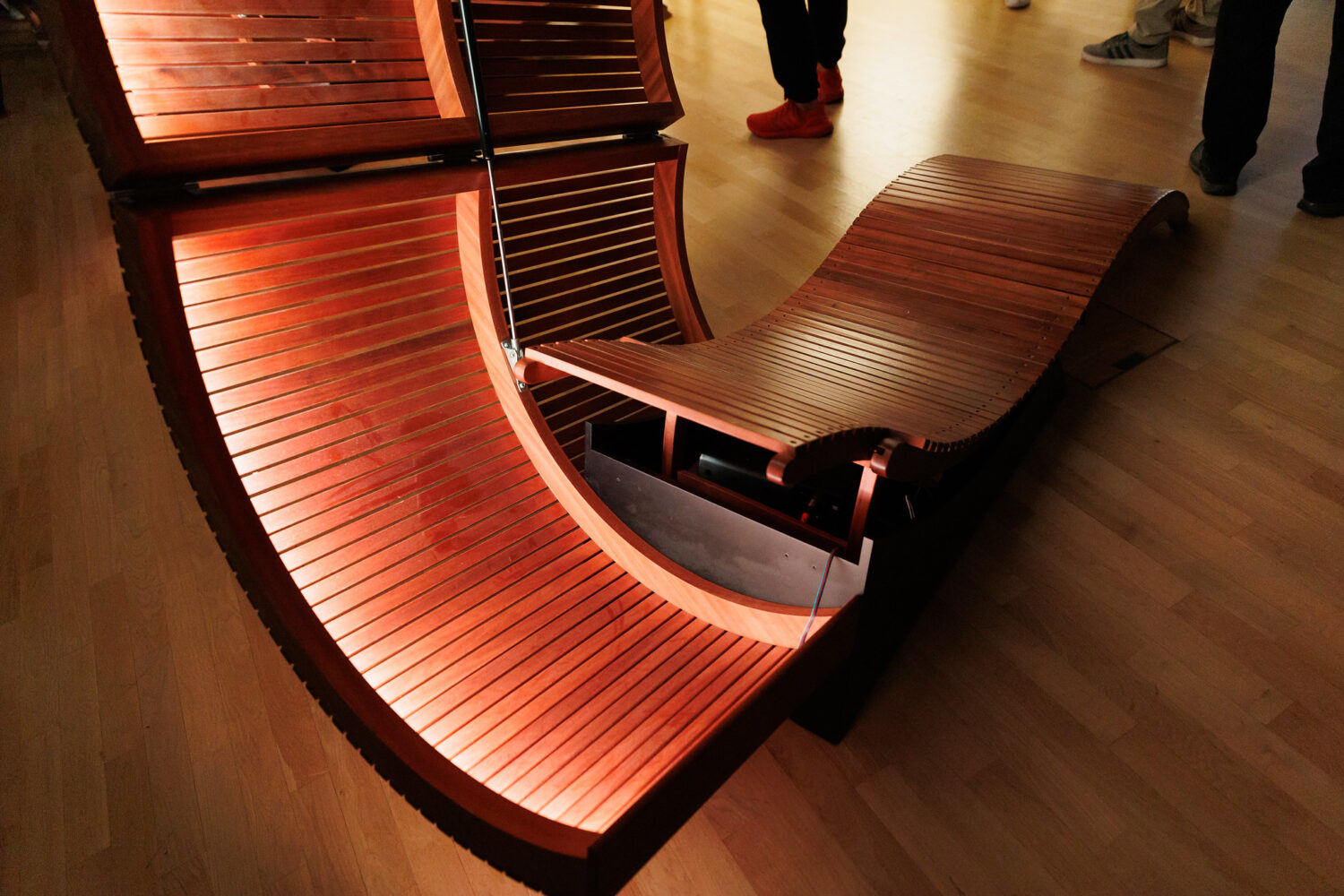
Which project did you choose?
It took me quite a while to dig through Ars Electronica’s extensive archive as it offers a wealth of inspiring and impressive projects. I settled on the 2021 project “Perfect Sleep” by Tega Brain and Sam Lavigne which received an “Award of Distinction” in the “Interactive Art +” category of the “Prix Ars Electronica” in the following year.
Tell us what this project is about.
In their own words, Tega and Sam say, “Perfect Sleep investigates sleep and dreaming as a potential climate engineering technology.” Climate engineering can be understood as technical interventions in the climate systems and when I first read the words – “sleep as a technology for climate engineering” – I was immediately wide awake. The idea sounds captivatingly simple: safe the planet by sleeping more.
How do you turn such a vision into a tangible experience? Imagine strolling through an exhibition and suddenly there are two wooden deck chairs, framed by elegant round wooden tubes that look like little islands of comfort. On each chair is a pair of headphones, as if they were inviting you personally: Come, sit back and listen. On the left wall, colorful pie charts spread out like oversized patterns; on the right, you stumble across mysterious rows of numbers reminiscent of dates and time stamps. You put on the headphones. A voice greets you, soft, almost like a whisper, carried by a gentle soundscape that blurs the space around you. Slowly, almost imperceptibly, you drift into a light sleep.
And then, when you wake up again, your gaze wanders back to the diagrams. They show the connection between more sleep and less CO₂ emissions, between growth and deceleration, between working hours, leisure time, and mental health. You discover that there’s an app to help you learn more about your sleep. Its goal? To let you sleep a tiny bit longer every day—a small ritual that, step by step, becomes a quiet but effective form of resistance.
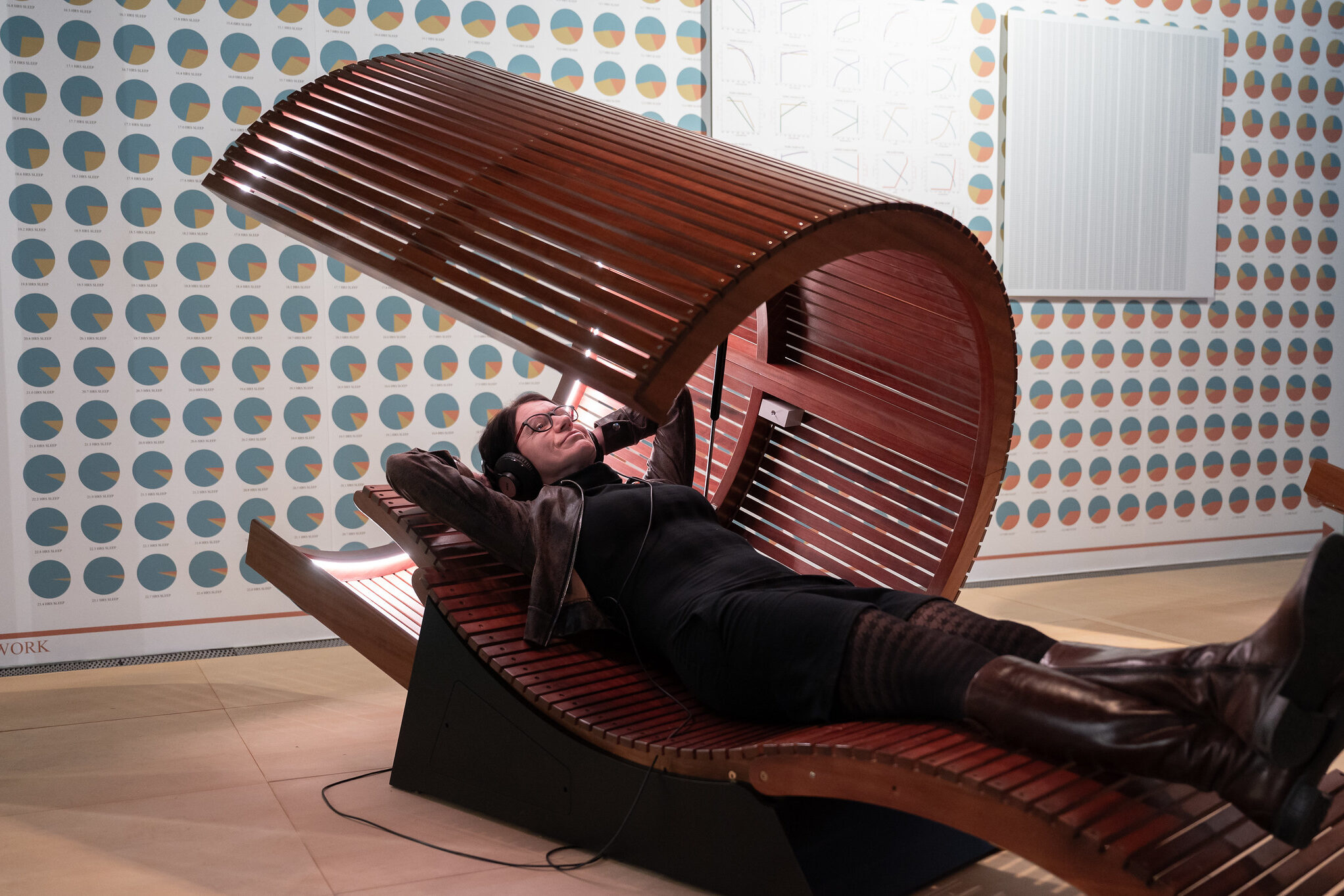
Why is this project so outstanding?
It’s smart, deep and fun. As a visitor, I’m invited to enter a complex topic—not with heavy technical jargon, but with a humorous experience. I immediately understand: more sleep means less consumption. Less consumption means that I’m doing something good for the world. And when I allow myself to dive deeper, a whole cosmos of connections opens up: the climate crisis in all its urgency, questions of justice, power, and wealth. It becomes clear that there is much more to the simple idea of “sleeping more” than a nice experiment.
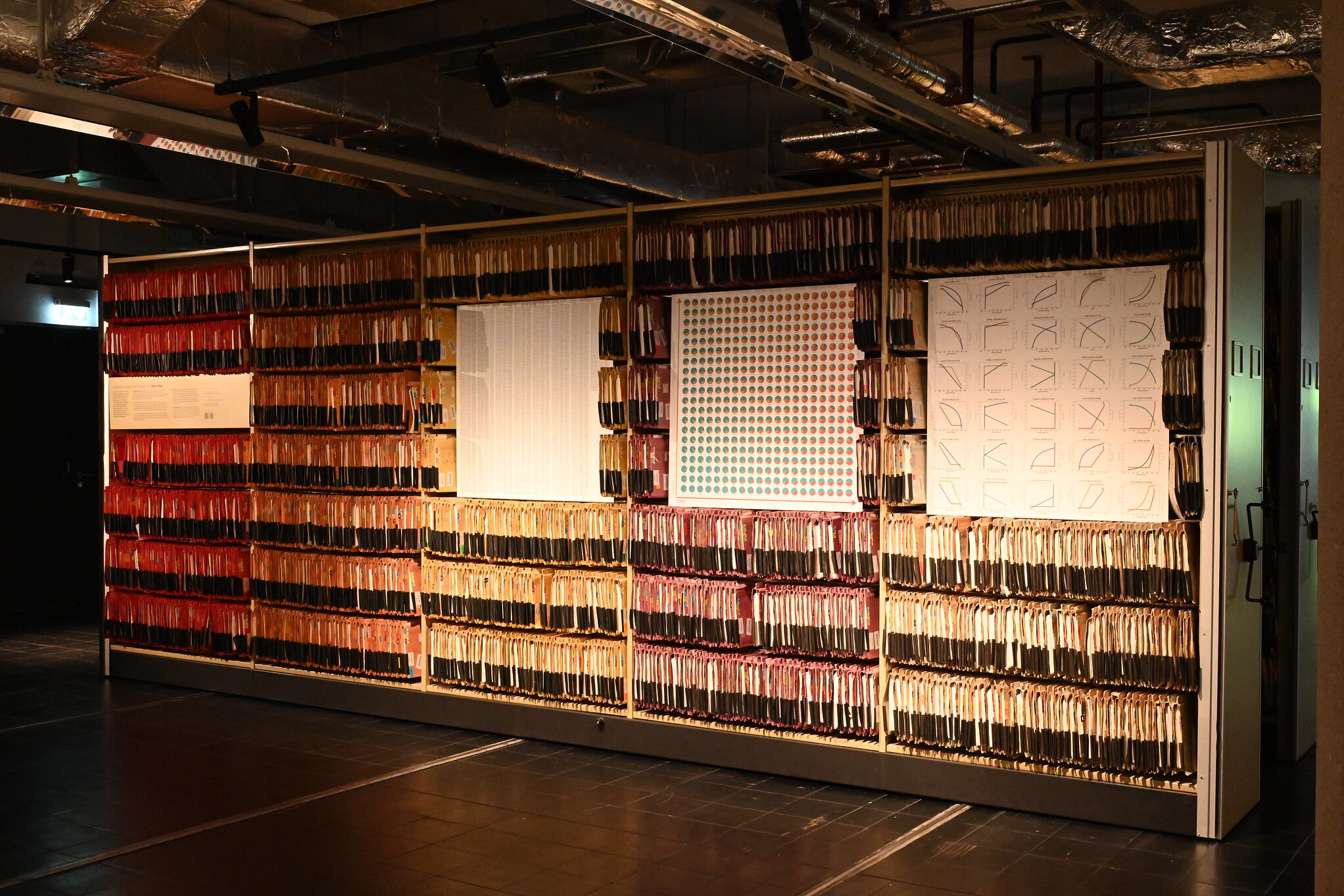
To what extent is it relevant today?
One major challenge these days is capitalism: its exploitative, extractivist nature and the absurd, indeed fatal, idea that endless growth is possible and desirable. Perfect Sleep breaks with precisely this myth. Instead, the project opens up a different perspective: solutions do not come from more and more, but from less – through reduction, deceleration, conscious limitation.
A vivid example of this is artificial intelligence. Given the enormous carbon footprint that AI technologies will leave behind in the future, one question begs to be asked: Do we really need AI for every challenge? Or could we, in some cases, fall back on other, more resource-efficient technologies – and still achieve the same result?
I find Tega’s concept of “eccentric engineering” particularly inspiring. Behind it lies an inquiring mind that not only critically dissects existing systems, but also creates space for creative counter-designs and visionary solutions. It is an invitation to rethink technology – playfully and always with a clear goal: to make change possible.
Laura Welzenbach – thank you!
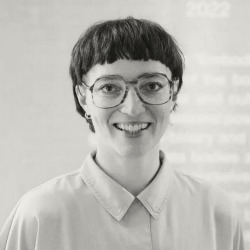
Laura Welzenbach
Laura Welzenbach produces and manages projects in the fields of art, technology, and politics. She is a strategic planner who sets things in motion. She is an optimist about the future, believes firmly in change, and is a doer. Her current superpower: her love for the social impact of art. As head of Ars Electronica Export, Laura creates experiences by connecting art and science. These international collaborations take shape through exhibitions, workshops, and art-science residencies.
